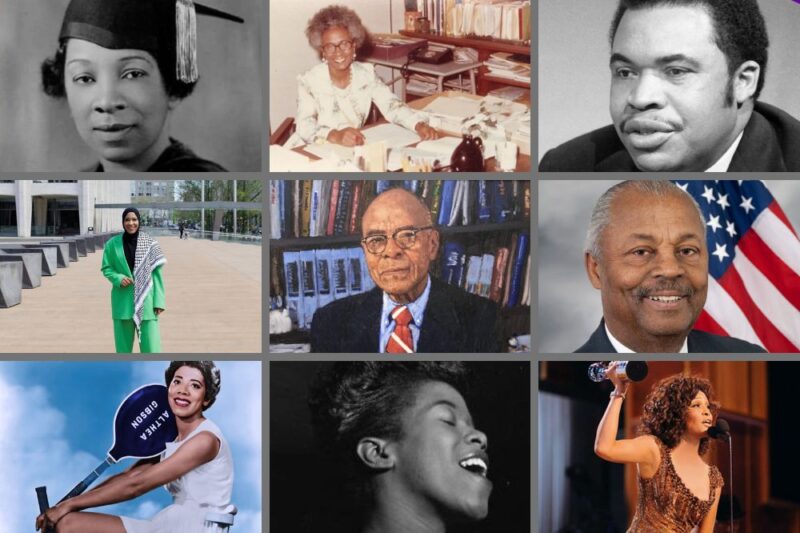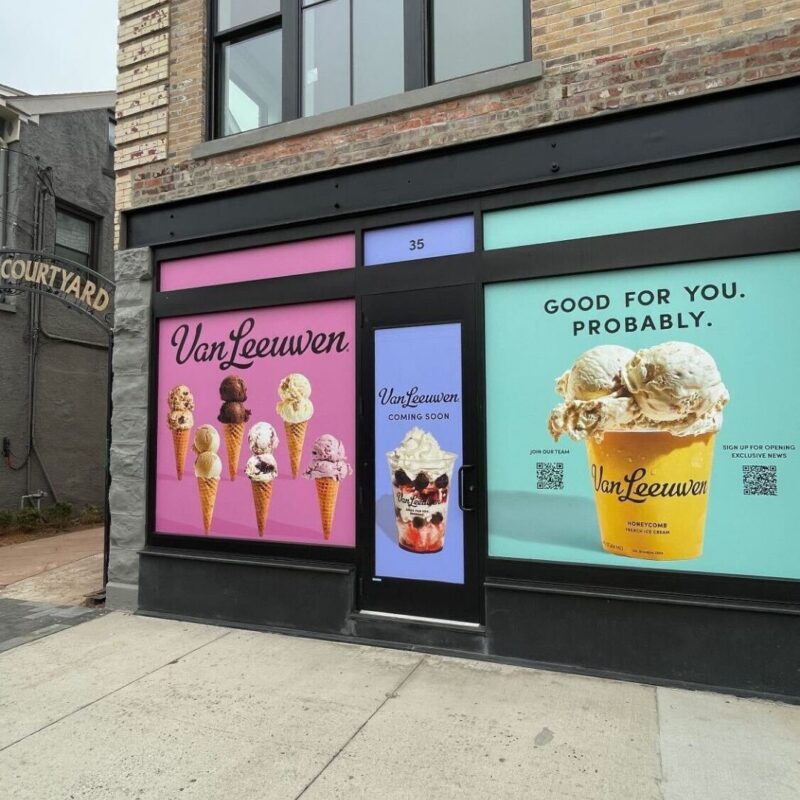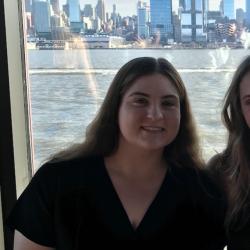North Jersey is and has been home to a multitude of notable Black figures — from singers to athletes to politicians. These individuals have greatly impacted our culture and state, setting records, breaking barriers, and lending a helping hand. This Black History Month, The Montclair Girl is highlighting several Black men and women with connections to Northern New Jersey. Read on to learn about 10 Black historical figures with roots in Northern New Jersey.
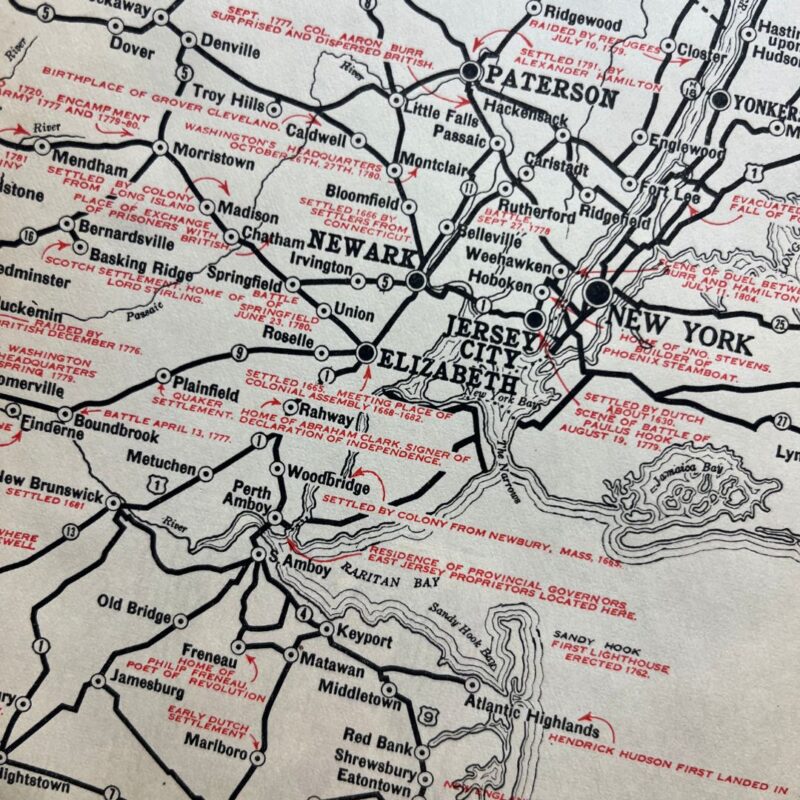
Althea Gibson (1927-2003)
Althea Gibson, a tennis and golf player, was one of the first Black athletes to cross the color line in international tennis. She was born in South Carolina in 1927 to Daniel and Annie Bell Gibson, sharecroppers on a cotton farm. At 12, Althea became the New York City women’s paddle tennis champion. During the 1940s, she continued to win a variety of tennis competitions, proving just how talented she was. In 1949, she entered Florida A+M University on a full athletic scholarship.
Read More: Essex County’s Women of the American Revolution
In 1950, Althea became the first Black athlete to receive an invitation to the US Nationals, now the US Open. In 1951, she won her first international title at the Caribbean Championships in Jamaica. In 1956 she became the first African American person to win the Grand Slam and the following year she won Wimbledon and the US Open. After winning at Wimbledon, she became the first champion to personally receive the trophy from Queen Elizabeth. Althea won both of these events again the following year.
On a local note, Althea began directing women’s sports and recreation for the Essex County Parks Commission in the 1970s. In 1976, she was appointed New Jersey’s athletic commissioner, the first woman in the country to hold such a role. However, she resigned after one year for a variety of issues such as budgetary oversight and inadequate funding. She also managed the Department of Recreation in East Orange.
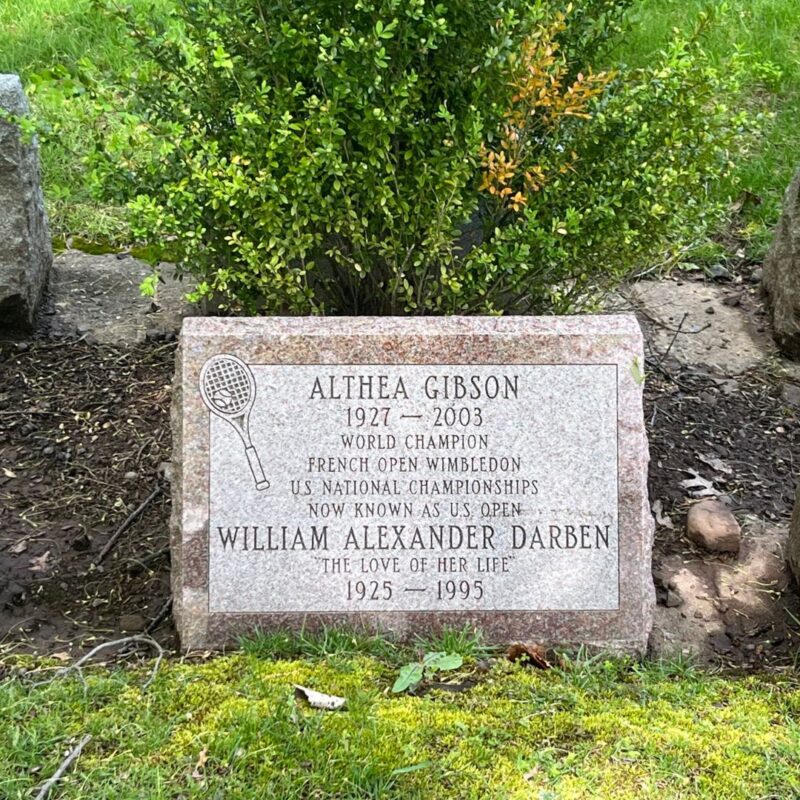
Overall Althea won 11 Grand Slams. Upon returning home from the UK, she became the second Black American, after Olympian Jesse Owens, to receive a ticker tape parade in New York City. Althea passed away in 2003 in East Orange, New Jersey, and is buried in Rosedale Cemetery. In 2013, the U.S. Postal Service issued the Althea Gibson stamp seen here.
Donald Milford Payne Sr. (1934-2012)
View this post on Instagram
Donald Milford Payne Sr. was the first African American to represent New Jersey in Congress. Born in 1934, Donald graduated from Barringer High School in Newark. He completed his B.A. at Seton Hall University and later did graduate studies at Springfield College. His political career began in 1972 when he was elected to the Essex County Board of Chosen Freeholders. In 1982, he was elected to the Newark Municipal Council where he served three terms. Six years later he was elected to Congress representing New Jersey’s 10th district. His son, Donald M. Payne Jr., was president of the Municipal Council of Newark, an Essex County Freeholder-At-Large, and was elected to fill his father’s seat in Congress on November 6, 2012. Donald passed away in 2012.
Eloise Alma Flagg (1918-2018)
View this post on Instagram
Eloise Alma Flagg was the first African-American woman to be a school principal in Newark and the first African-American principal in a racially integrated school in Newark. The Alma Flagg Elementary School in Newark is named in her honor.
She was born in 1918 in Virginia to Hannibal and Caroline Williams. She spent most of her time in Newark, attending East Side High School, Newark State College (now Kean University), Montclair State University, and Columbia University. In 1942 she married J. Thomas Flagg Jr.. The following year, she became one of 16 black teachers employed by Newark.
In 1963, she was appointed vice principal at Garfield Elementary School and eventually was appointed principal of Hawkins Street School, becoming the first African American female principal. In 1967, she became assistant superintendent in charge of Newark’s curriculum services, which lasted until 1983. However, her work for education did not end there. Eloise established the E. Alma Flagg Scholarship Fund for Newark residents and became active in the Newark Preservation and Landmarks Committee. Eloise passed away in 2018 and was buried in Bloomfield’s Glendale Cemetery.
Ibtihaj Muhammad (1985-)
View this post on Instagram
Born in 1985 to Eugene Muhammad and Denise Garner, Ibtihaj Muhammad, was raised in Maplewood. She began fencing at 13 at Columbia High School and later got involved with the Peter Westbrook Foundation, a program for underserved communities in the New York area. She attended Duke University and studied International Relations, African + African-American Studies, and Arabic. At the 2016 Summer Olympics in Rio de Janeiro, Ibtihaj became the first American woman to compete in the Olympics in hijab, the first Muslim-American woman to win an Olympic medal, and the first Black woman to win an Olympic medal in the sabre event (a fencing discipline).
James Howe
View this post on Instagram
James Howe was the first African-American and the first formerly enslaved person in Montclair to own a home. There is a misconception that since New Jersey was a Northern state and part of the Union Army, slavery did not exist in the Garden State. In fact, according to the 1860 US Census, at least 43 people were listed as enslaved. These people ranged from as young as 11 to as old as 95 and were enslaved in North and Central Jersey, with almost 40% in Bergen County. At the time, only one person, Will Van Winkle, was enslaved in Essex County. Born in 1791 he was enslaved by the Van Winkle family of Belleville. The preservation of the Howe House is an important reminder of slavery’s legacy on both a local and state level.
James was enslaved by Nathaniel Crane and manumitted in 1817. Jean, also enslaved by Nathaniel, was manumitted that same year. When Nathaniel died in 1831, he willed $400 and six acres of land to James. Upon that land stood a home built in 1780. Today, that home is located at 369 Claremont Avenue. James most likely had a wife named Susan and two children.
Many historic Montclair homes have been lost to time and the Howe House was almost one of them. Since 2022, the Friends of the Howe House, a non-profit, has been committed to preserving this historic house and an important piece of local Black history. Before that, the home was nearly demolished in 1932, when the township issued a summons to the owner. The home needed serious repair and was considered a danger to the community, but was saved.
John A. Kenney Jr. (1914-2003)
View this post on Instagram
John A. Kenney Jr. was born in Tuskegee, Alabama in 1914 to John A. Kenney Sr. and Frieda Armstrong Kenney. His father joined the Tuskegee Institute, later becoming a medical doctor. His mother attended Boston University and later taught at the Tuskegee Institute. The family, threatened by the Ku Klux Klan, moved north to Montclair in 1923. John attended Montclair High School and later graduated from Bates College and Howard University.
John worked as a dermatologist and taught at Howard University. He specialized in the study of skin disorders affecting racial minorities and was one of the first African-American doctors to receive formal training in dermatology. He remained a practicing dermatologist in Washington, D.C. until 1999 and passed away four years later.
Kenneth Allen Gibson (1932-2019)
View this post on Instagram
Kenneth Allen Gibson was an American politician and the first African-American mayor of a major city in the Northeastern United States. Kenneth was a member of the Democratic Party and was the 36th mayor of Newark from 1970 to 1986. Although born in Alabama, Kenneth was raised in Newark and attended Central High School. He studied civil engineering at Newark College of Engineering (now New Jersey Institute of Technology) and later worked for the New Jersey Highway Department and Newark Housing Authority. In 1970, Kenneth was elected in a runoff election against incumbent mayor Hugh Addonizio. He served as the first New Jersey mayor and African-American president of the United States Conference of Mayors from 1976 to 1977. Kenneth passed away in 2019 and during that same year Broad Street in Newark was designated Mayor Kenneth A. Gibson Boulevard to honor him.
Marion Thompson Wright (1902-1962)
View this post on Instagram
Marion Thompson Wright is noted as the first African-American woman to earn her Ph.D. in history. Marion was born in 1902 in East Orange to Minnie Thompson and Moses R. Thompson. She attended Barringer High School and was one of two Black students there. Marion attended Howard University, where she received a B.A. and later an M.A. in History and Education. In 1940, she graduated from Columbia University with a Ph.D. Her dissertation, “The Education of Negroes in New Jersey,” focused on the state of education for Blacks and its consistently segregated and unjust schools. Marion’s dissertation and a plethora of research she did for the NAACP were used for the arguments in 1954 Brown v. Board of Education, a landmark decision of the U.S. Supreme Court that ruled that state laws establishing racial segregation in public schools are unconstitutional, even if the segregated schools are otherwise equal in quality. Marion passed away in 1962.
Sarah Vaughan (1924-1990)
View this post on Instagram
Born in 1924, Sarah Vaughan was raised on Brunswick Street in Newark and was an active member of New Mount Zion Baptist Church. She attended East Side High School and transferred to Newark Arts High School when it opened in 1931. Vaughan was a jazz singer notable for her songs “Misty” and “Black Coffee.” She passed away in 1990 and was buried at Glendale Cemetery in Bloomfield.
See More: How These Three Hobokenites Made History in Honor of Black History Month
Whitney Houston (1962-2012)
View this post on Instagram
Whitney Houston was one of the best-selling artists of all time. Not only is she the only artist to have seven consecutive number-one singles on the Billboard Hot 100, but she also acted in and produced movies. Born in 1962 in Newark, Whitney and her family later moved to East Orange after the 1967 Newark riots. Whitney came from a musically-rich family: her mother Cissy Houston and cousins Dionne and Dee Dee Warwick were music sensations. In her youth, she sang for her church choir at the New Hope Baptist Church in Newark. She also attended Mount Saint Dominic Academy in Caldwell for high school. In 1993, Whitney gave birth to her daughter Bobbi Kristina Brown. Whitney passed away in 2012 and is buried at Fairview Cemetery in Westfield.


